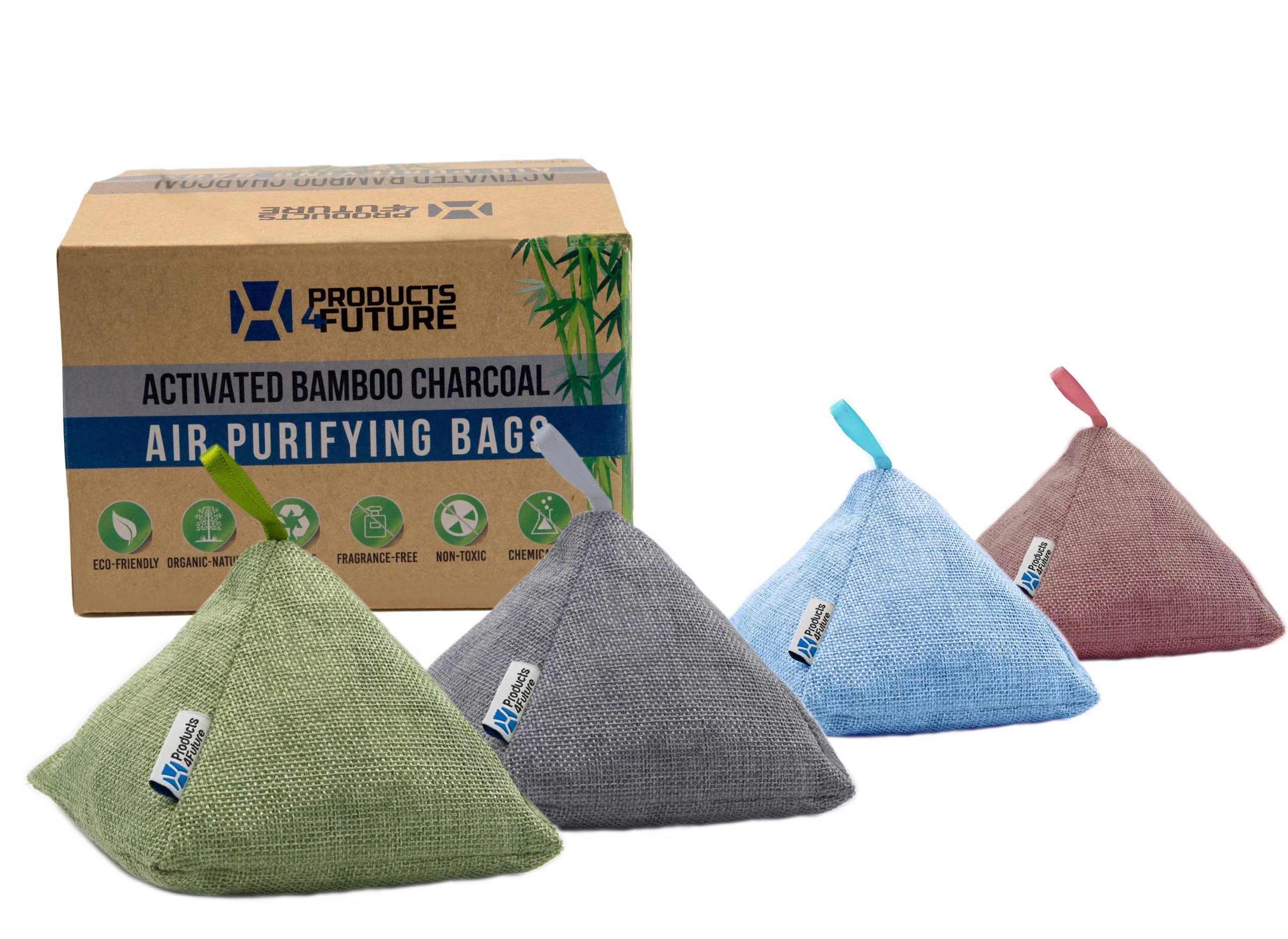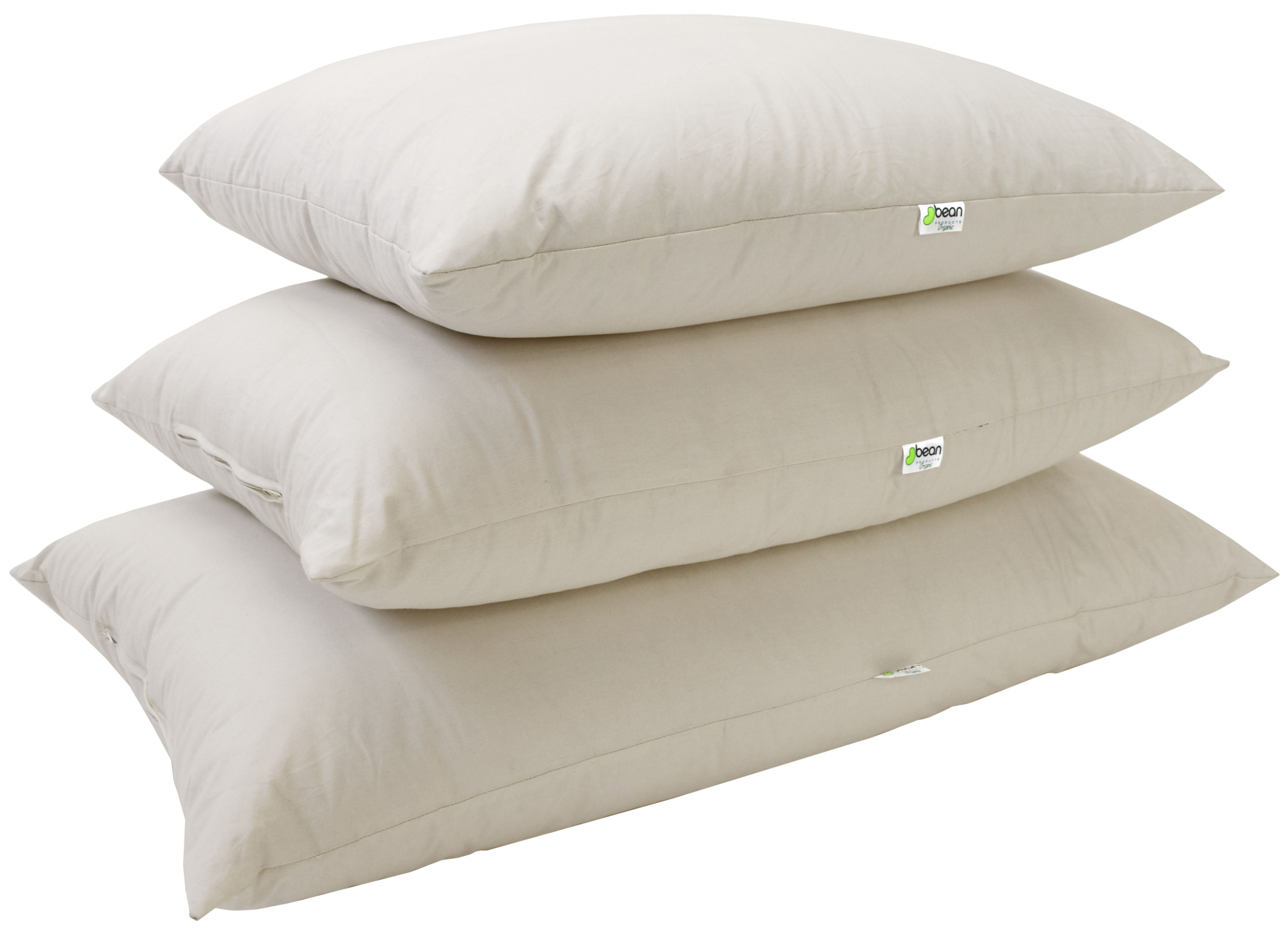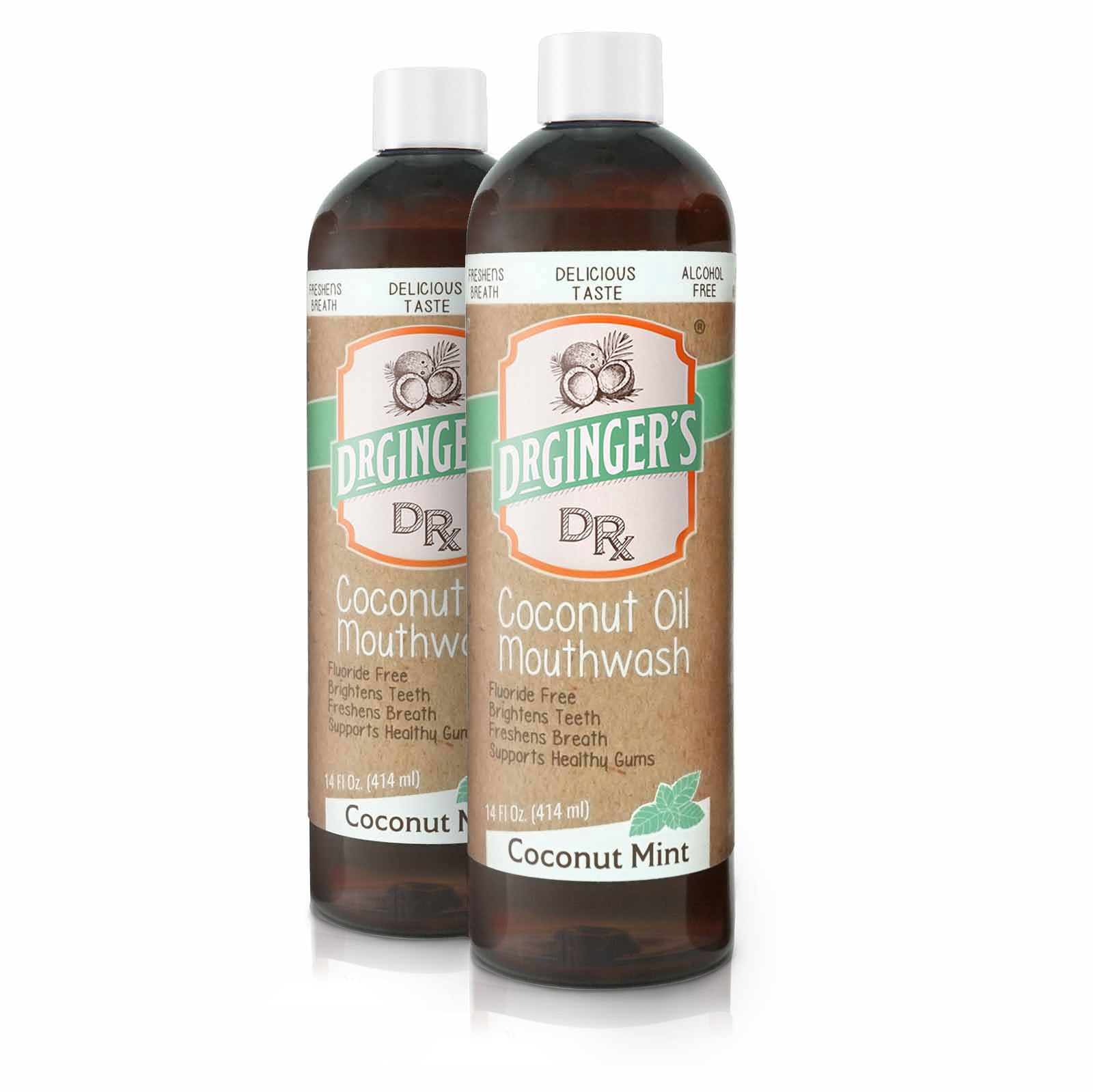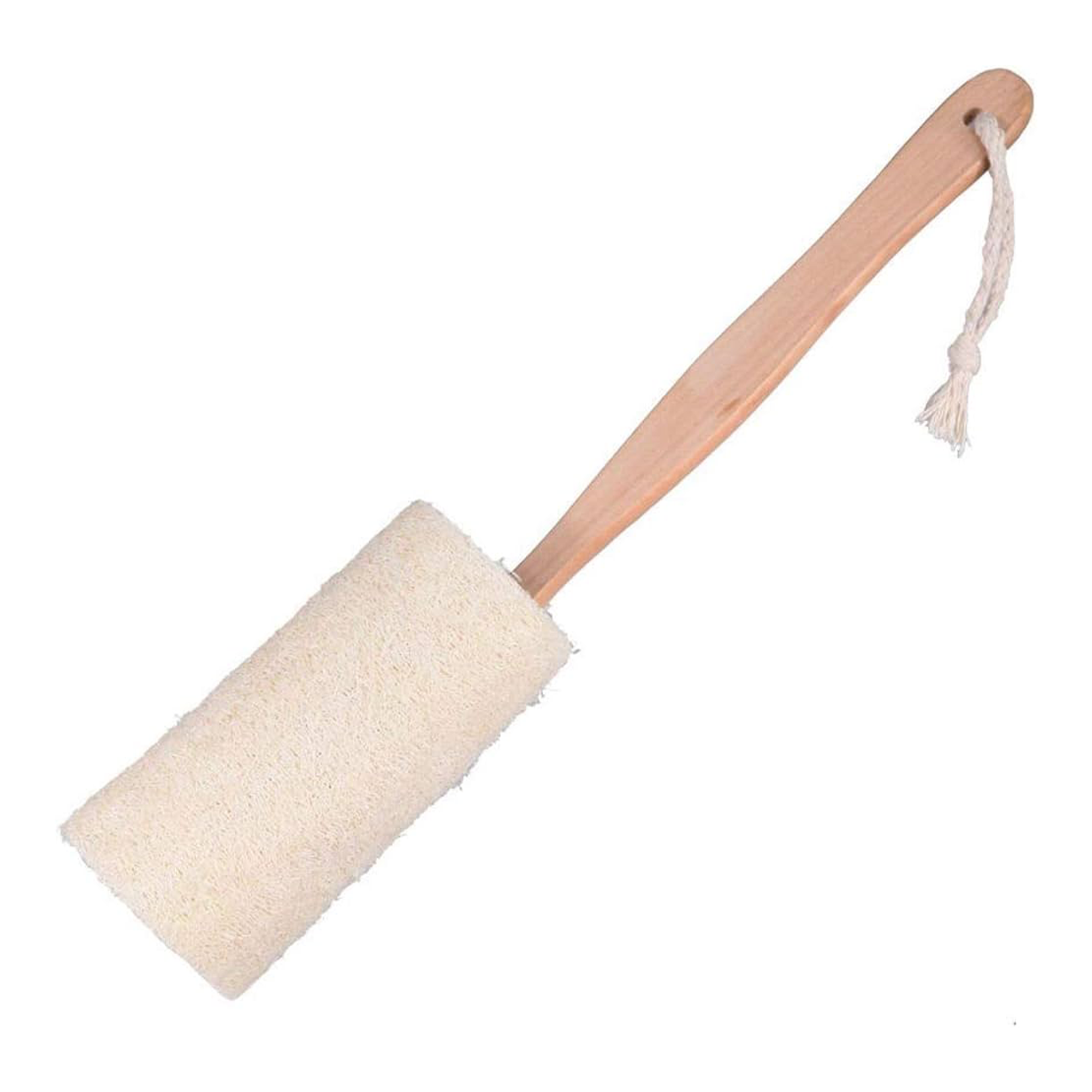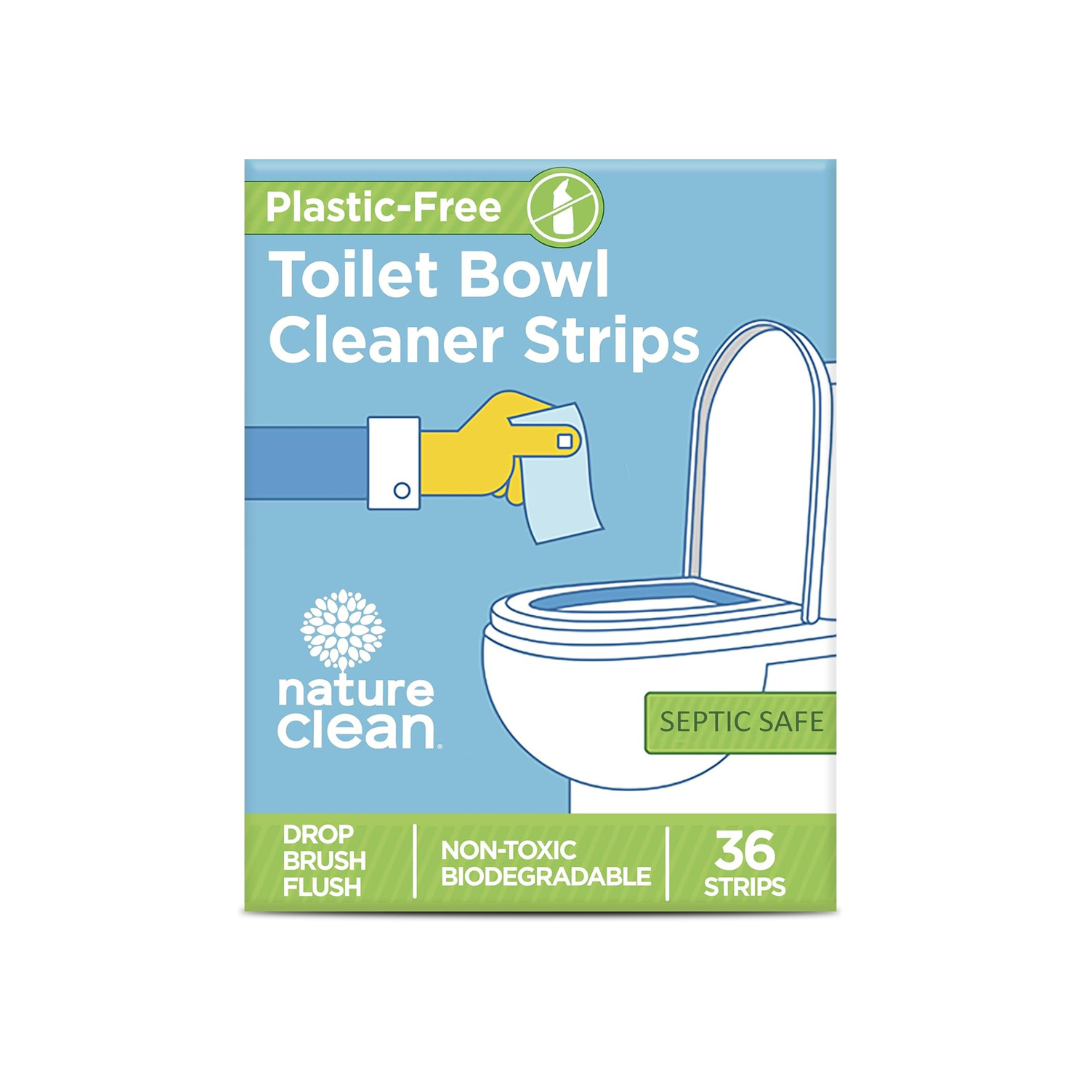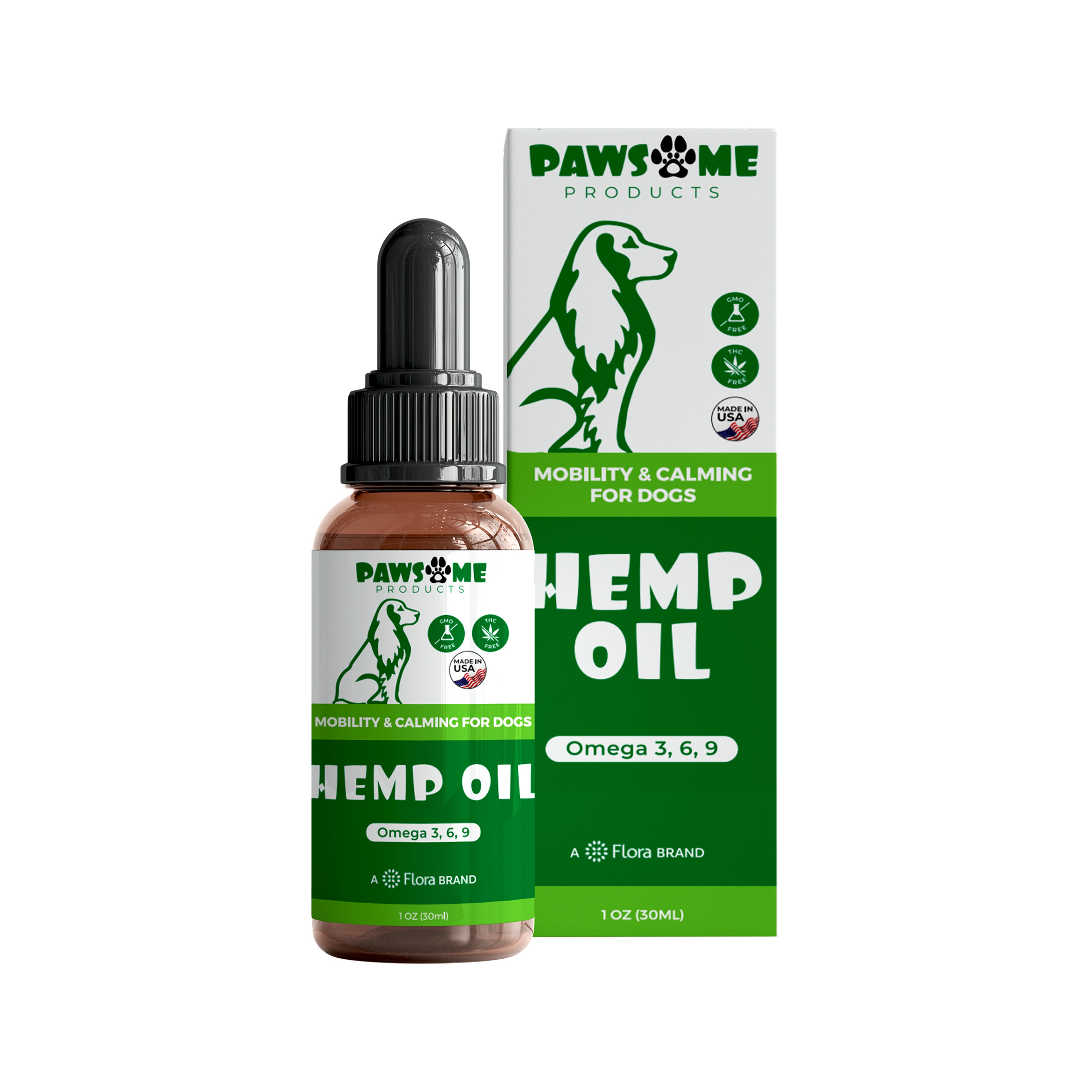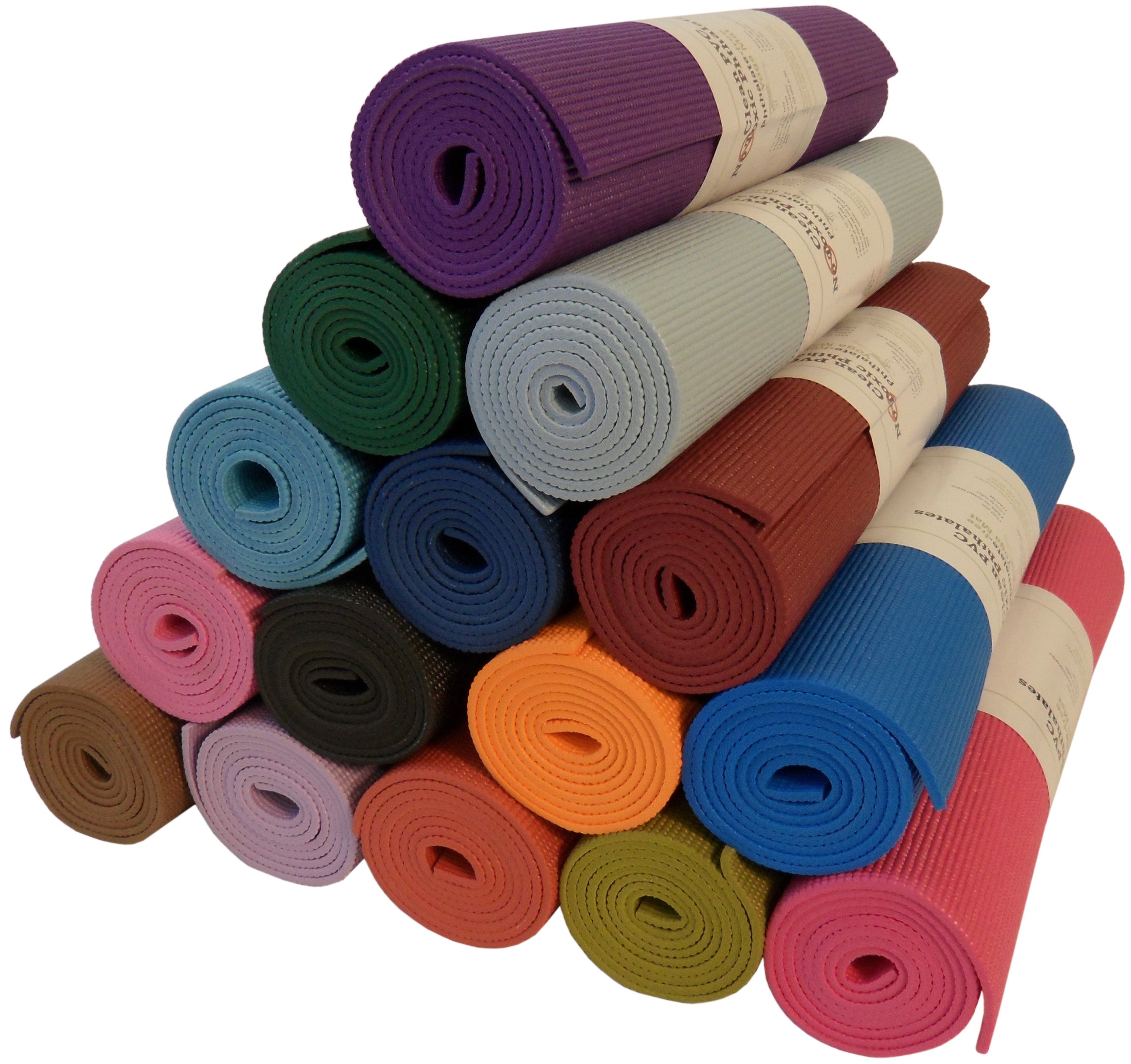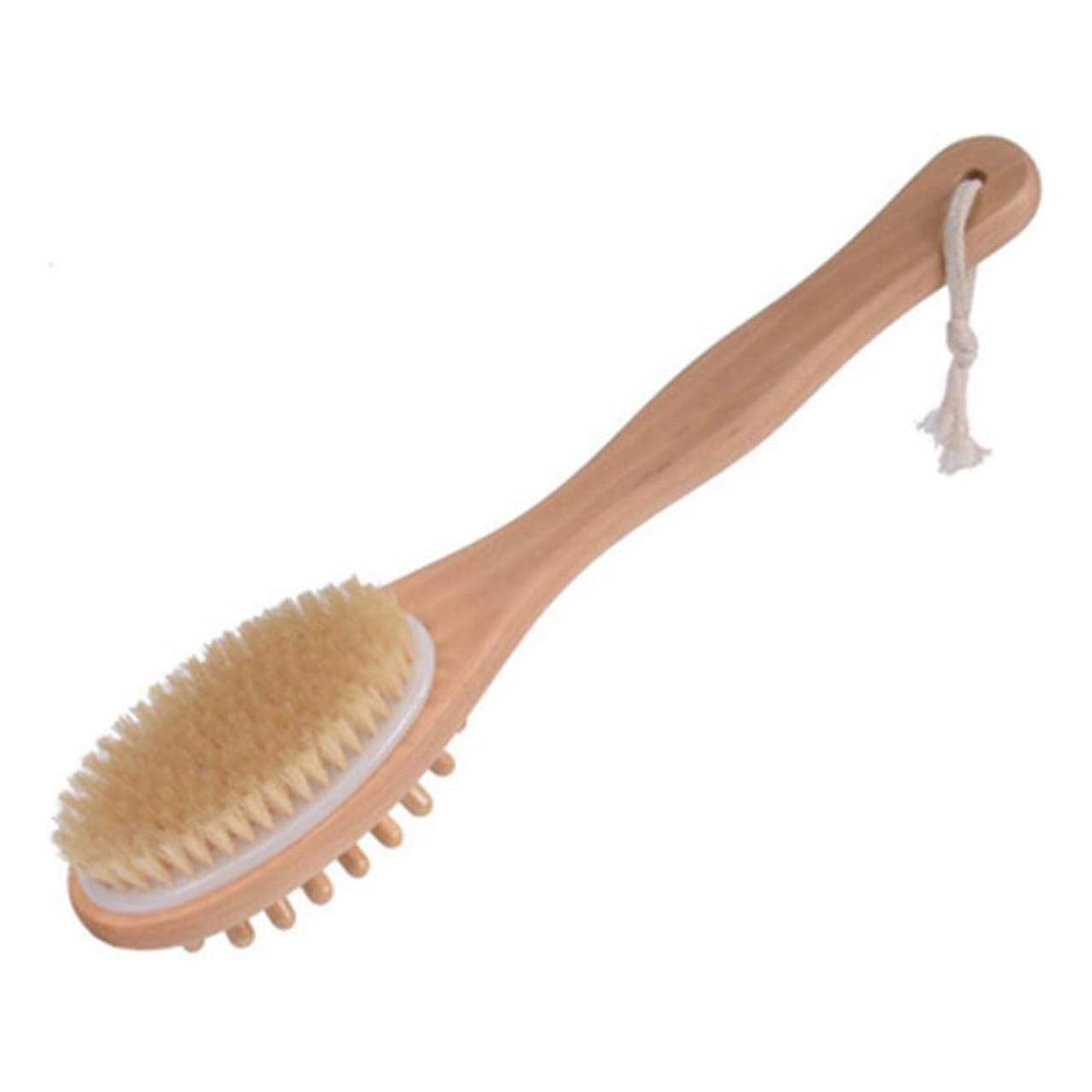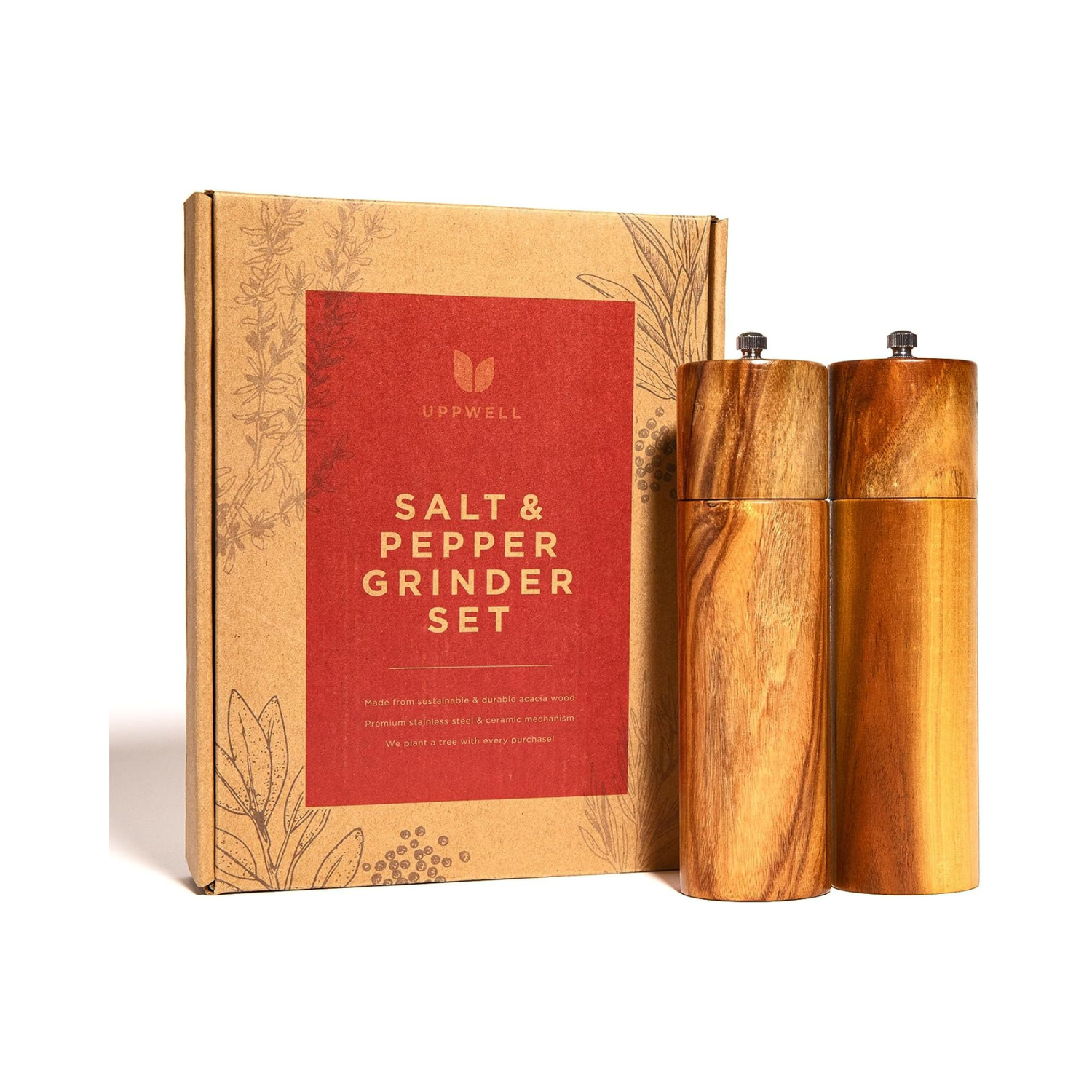In the realm of textile innovation, modal fabric stands out as a favored choice for its sustainability and comfort. This comprehensive exploration addresses whether modal qualifies as a natural fiber, discussing its origins, benefits, and significance in eco-conscious fashion.
What is Modal?
Modal is a type of rayon, derived from the cellulose of beech trees. Known for its exceptional softness and absorbency, modal has become a staple in the production of underwear and loungewear due to its durability and comfort.
Is Modal a Natural Fiber?
Modal, though sourced from natural materials like beech tree pulp, undergoes extensive chemical processing to transform it into usable fiber. Consequently, it is classified as semi-synthetic, straddling the line between completely synthetic fibers such as polyester and natural fibers like cotton.
Production of Modal
The creation of modal involves several key steps:
-
Extraction: Harvesting cellulose from the wood of beech trees.
-
Dissolving: The cellulose is dissolved in a specialized chemical solution.
-
Spinning: The solution is then spun to produce fibers.
-
Finishing: These fibers are finally treated and woven into the final fabric.
This process underscores modal’s semi-synthetic classification, combining natural origins with chemical enhancements.
Benefits of Modal Fabric
-
Softness: Modal's gentle texture makes it ideal for garments that are in direct contact with the skin.
-
Eco-Friendliness: It's biodegradable and can be produced with less environmental impact than many traditional and synthetic fibers.
-
Durability: Modal is resistant to shrinkage and fading, enhancing the lifespan of garments.
-
Breathability: Excellent for activewear due to its effective moisture-wicking properties.
Modal in Sustainable Fashion
Modal is often celebrated as a sustainable alternative to more traditional fibers like cotton or synthetic materials, due to its potential for reduced water usage and the sustainable management of beech tree forests. However, its environmental friendliness largely depends on the chemicals used in its production and their disposal. Learn more about the sustainable textile industry and modal's role in it by visiting educational resources like the Fashion Revolution website.
FAQs About Modal
-
Is modal fabric breathable? Yes, modal is highly breathable, making it an excellent choice for sportswear and summer apparel.
-
Can modal fabric be dyed easily? Yes, modal holds dye well, allowing for vibrant, long-lasting colors that resist fading through multiple washes.
-
Is modal more environmentally friendly than cotton? Modal can be more sustainable than conventional cotton, particularly if its production is managed responsibly, focusing on minimal chemical use and wastewater treatment. Additional information on eco-friendly textile practices can be found through various online resources.
-
How should modal fabric be cared for? Modal garments should be washed with mild detergents and cool to warm water, and can be tumble dried on low settings.
-
Is modal suitable for sensitive skin? Absolutely, modal's smooth fiber surface makes it hypoallergenic and non-irritating, perfect for sensitive skin.
Conclusion
While modal offers several appealing attributes such as softness, environmental sustainability, and durability, it does not qualify as a natural fiber due to its chemical processing. Nonetheless, its benefits make it a significant contributor to sustainable textile practices. Modal's role in eco-friendly fashion continues to grow as the industry seeks materials that balance functionality with reduced environmental impact.
Call to Action
Discover more about sustainable living and explore our range of eco-friendly products. Dive deeper into sustainable practices by visiting our Sustainable Living blog and learn about Eco-friendly Fabrics for more insights.
This blog post has been crafted to engage both eco-conscious consumers and textile enthusiasts, providing a detailed examination of modal within the framework of sustainability, backed by SEO strategies to enhance online visibility and engagement.




